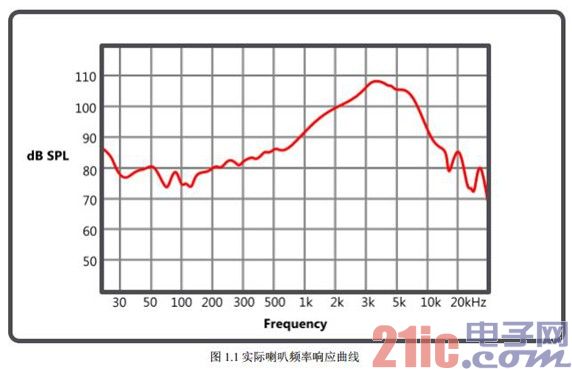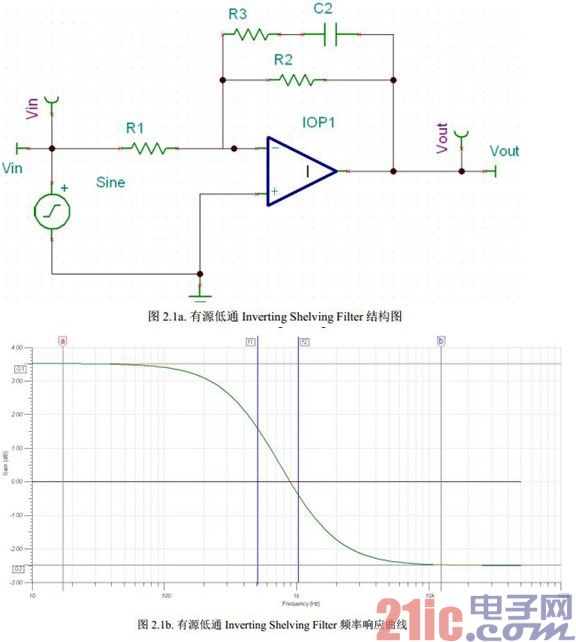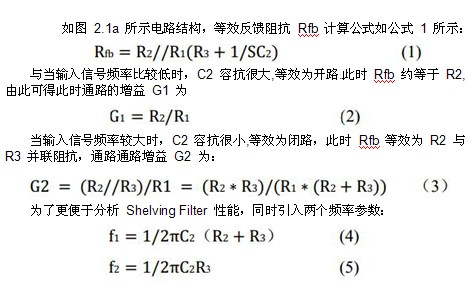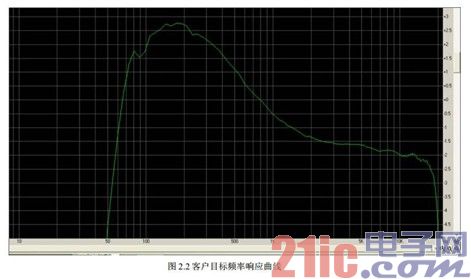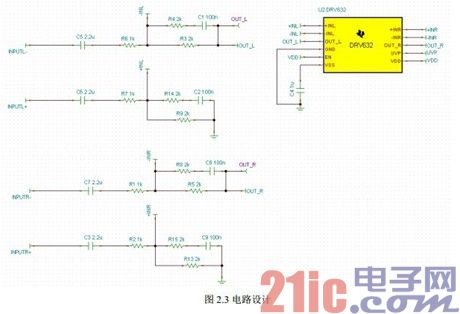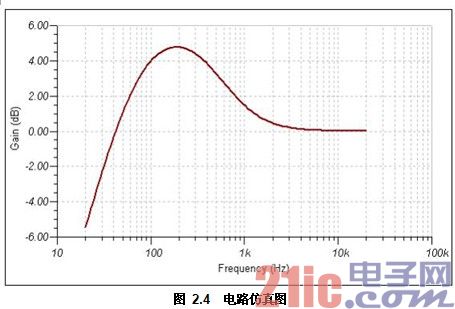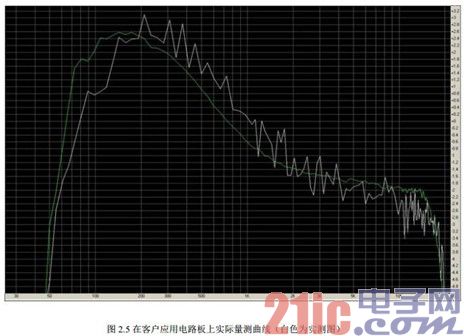Summary This article refers to the address: http:// In the development of analog speaker and headphone drive systems, engineers often want to use the drive circuit to improve the low frequency / high frequency response curve. In digital systems, often through EQ adjustment, only a very low cost can be used to meet a variety of applications In order to implement EQ function in the full simulation system, more cost and effort are required. This paper introduces a method of implementing Bass Boost using Shelving Filter, which is relatively simple and low-cost. 1, Bass Boost adjustment circuit application scenario The speaker equipment has different reductive powers for different frequency components of the music. Usually, the frequency response curve is used to identify this characteristic. The ideal system frequency response curve is a straight line, regardless of subjective factors such as whether it is good or not. However, in practical applications, the ideal frequency response curve cannot be realized due to structural design and cost considerations. Each audio device has its frequency response curve. Figure 1.1 Common moving coil SPK frequency response curve: It can be seen from the figure that the electroacoustic conversion efficiency of the 100~1KHz & 10K~20K speakers is poor. In order to make the system's frequency response curve closer to the ideal straight line, engineers usually design some circuits when designing the drive module. To adjust the gain of the low frequency and high frequency parts, the system's frequency response curve is more ideal. 2, Bass / Treble adjustment circuit theory basis and optimization design The structure and frequency characteristic curve of the active low-pass invert Shelving Filter are shown in Figure 2.1. The curve shown in Figure 2.1 is highly consistent with the Shelving low-pass filter frequency response curve. Therefore, you can design a Shelving Filter to implement the Bass Boost function. It can be directly determined from the graph that the basic parameters of the Shelving Filter are G1 = 3dB and G2 = -1.5dB. In this paper, in order to simplify the design and calculation, the target curve is raised as a whole. 1.5dB, take G2 = 0dB, G1 = 4.5dB, f1 = 400hz, f2 = 800hz, take R2 = R3. At the same time, a pre-high-pass filter is designed to achieve the current curve low-frequency suppression effect. This paper uses a simple DC-Blocking circuit to achieve. Based on the given target parameters, the circuit design based on TI DRV632 is as follows: The AC simulation diagram is as follows: Actual measurement Figure 2.5 on the customer application circuit: It can be seen from the comparison of the measured maps that the Shelving Filter can fully meet the general customer's requirements for simple Bass Boost circuit design. 3, summary This article uses a customer case analysis to detail how to use the Shelving Filter to implement a simple Bass Boost. Its main feature is that the target frequency gain can be adjusted while the out-of-band signal is not greatly attenuated or amplified. Based on the characteristics of the Shelving Filter, the Treble Boost circuit can be further designed and even cascading can be used to achieve gain control in any frequency band. For systems that cannot implement digital EQ, the design can be implemented in a simpler, faster and cheaper way. Better quality music system.
KN95 non-medical Mask with GB2626-2006, 4 layer protection.This type face mask can effectively filter 95% of the air Oil-free particles, prevent pm2.5 air pollution, suitable for home and professional use, making your indoor and outdoor breathing.
In short, N95 masks are the US standards for respirator masks; KN95 masks are the Chinese standards for masks. kn95 USE GB2626-2006.
KN95 Mask Fenry manufacturing Co., Ltd , https://www.cnfenry.com